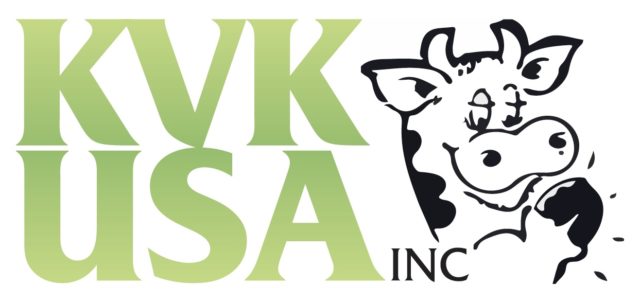Someone, maybe an older brother, had to hold the donkey. The father would lift the child parallel to the ground and pass him underneath the belly of the animal to his mother.
The child’s eyes would grow big because, if he was old enough, he would have been taught to be careful around livestock, lest he get kicked. The mother then handed the boy back to her husband, his arms waiting underneath the animal. The first time was for the Holy Father and the second time for the Son. Then they did it once more for the Holy Spirit. Letting the boy up again, the mother took a piece of bread out of her apron and gave it to the donkey. However, before the donkey could swallow it, she pulled the wet wad from its mouth and forced the boy to eat it.
Any neighbors passing by at the time would cross themselves and then shake their heads. Whooping cough. Then they would be on their way again without a second thought.
I live in Ireland now, and sometimes I’m given to criticizing their healthcare system. This often bristles whatever Irish person may be listening to my complaints. Perhaps I’m falling into the role of the annoying American, or perhaps they’re too blinded by national pride. Perhaps, however, they’re in a better position to put Irish medicine into context, knowing it wasn’t too long ago that many ailments required searching out “the cure.”
Until partway through the 20th century, such scenes as the one above were fairly common in Ireland. Not always having access to or being able to afford a doctor, many rural people took to addressing their infirmities themselves. The number of folk remedies on the island were numerous and sometimes varied from community to community. Some believed warts could be cured by burying the head of an eel in the ground. Once the head rotted, the warts fell off. Tying mint around your wrist was supposed to alleviate stomach problems. The hand of a dead man was said to heal diseases and injuries, with those afflicted gathered around a corpse to have the cold fingers placed on them. Being passed under the belly of a donkey didn’t take care of the whooping cough? Try eating the brown bread made by a woman who married a man with the same last name.
Dependent on agriculture for their survival, it was also important for the rural Irish to know the cures for livestock as well. Blackleg was a common cause of cattle death, instigated by a spore-forming bacteria found in the pasture. In some villages, this was addressed by placing the leg of a calf that had died from blackleg in the chimney. Redwater disease is caused by a certain tick found in wet areas. Inserting a pin in the ground where the cattle get watered is supposed to prevent losses in the herd, as long as you don’t tell anyone where the pin was placed.
Sometimes problems couldn’t be treated by shared rituals, and one had to find the person who “had the cure.” Often, there was someone within a community who was thought to have the ability to alleviate a common ailment, whether a rash, thrush or ringworm. These healers could have genetically inherited the cure from their ancestors or been given the secret prayer and practice by someone else. It is typically thought the seventh son of a seventh son was blessed with the ability to heal, some believing the gift was finalized once a worm was placed in the child’s hand and held until it died.
While finding someone with the cure may seem outlandish today, for much of Ireland’s past it was an important part of their culture. Knowing there were rituals or someone nearby who could treat common illnesses provided a sense of assurance. Unlike those in metropolitan areas of Europe, the rural Irish had to take care of themselves, especially being under unsympathetic British rule for centuries. Having neighbors who had the cure also helped build a sense of community. These healers rarely charged for their services, no matter how many people showed up at their door. Instead, it was all part of practicing the gift they had been given.
Ireland ranked second in the world in the latest human development report, an index that, at least tangentially, suggests how modern a country it is. However, there are still plenty of people on the island who practice the cure: shingles, underweight sheep, migraines. The cure predates Christianity in Ireland and now exists alongside modern medicine. For some, it’s part of a rich cultural past. For others, it’s a first attempt or last resort beyond what the doctor can do.
For some donkeys, however, it’s a nuisance. ![]()
Ryan Dennis is the author of The Beasts They Turned Away, a novel set on a dairy farm. His website is Ryan Dennis.





